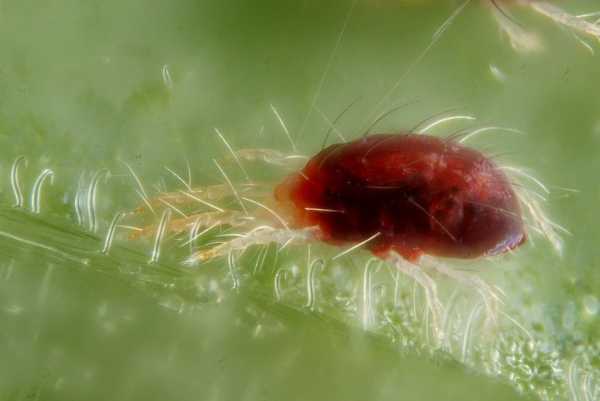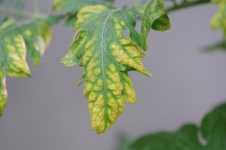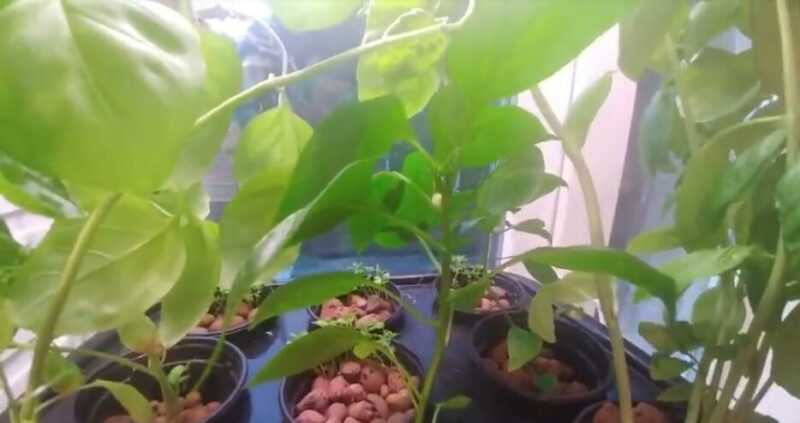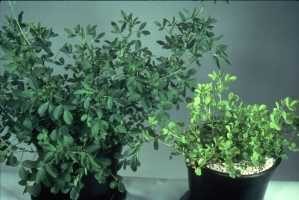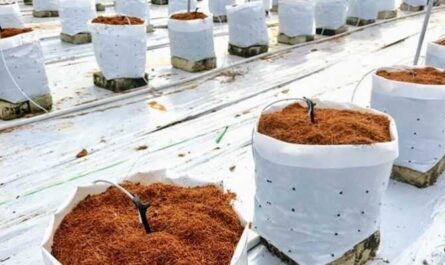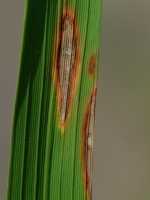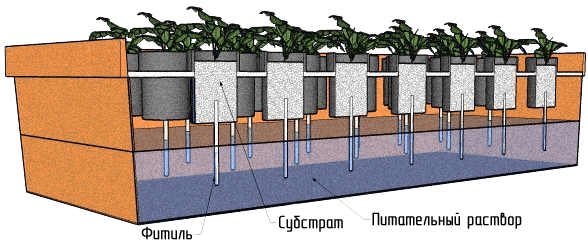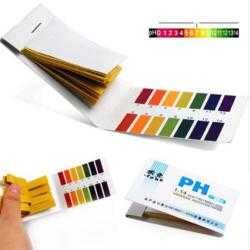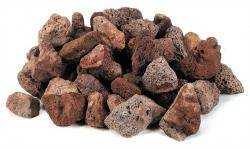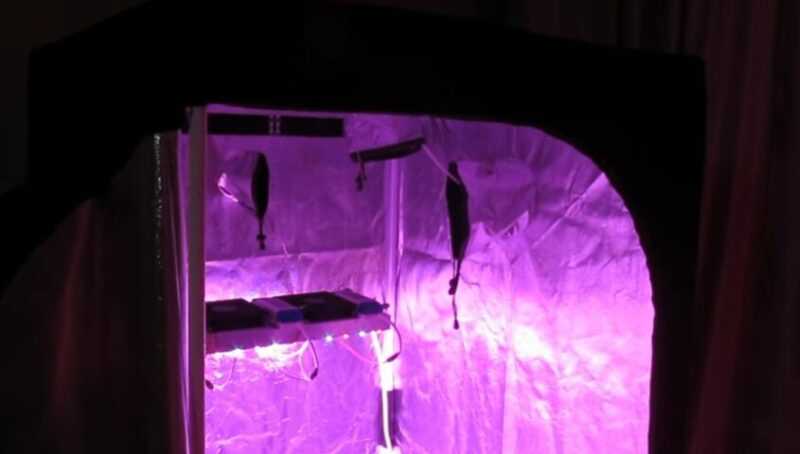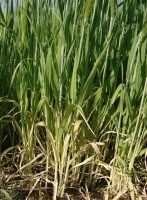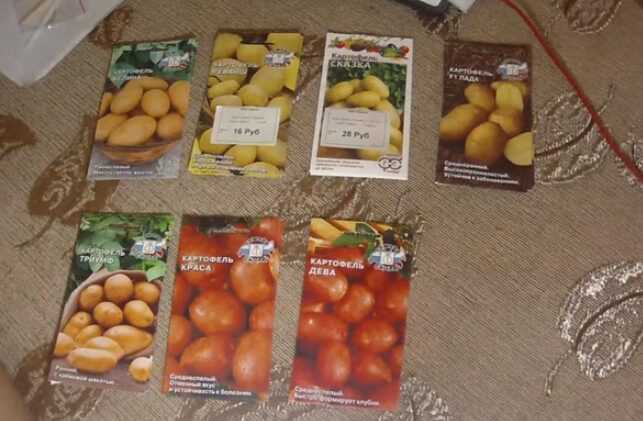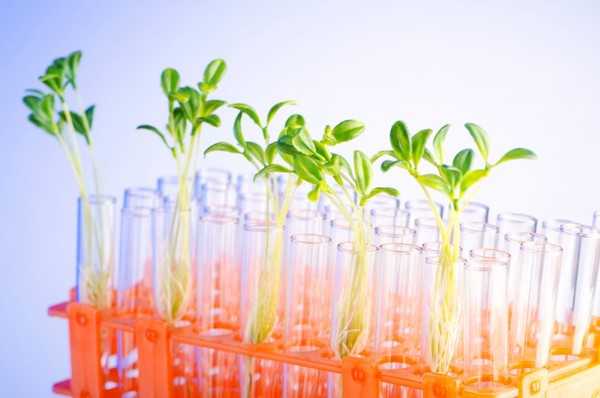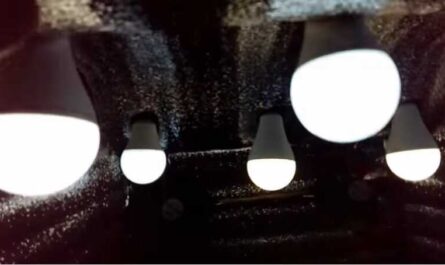The roots of plants most often infect two types of fungi – pythium and fusarium (pythium and fusarium – Figs. 1 and 2, respectively). Infection develops when the plant is weakened, or when there is a lack of oxygen in the nutrient solution. Oxygen deficiency, which is very relevant for hydroponic methods, inhibits the roots, which react to this by releasing gas, namely ethylene. This gas acts like a signal to lure in pathogens. Pythium initially looks like a tiny black dot at the tip of the root. Fusarium attacks the root in other areas, and it looks like a slimy brown dot. If nothing is done, the plant will quickly die.
Symptoms
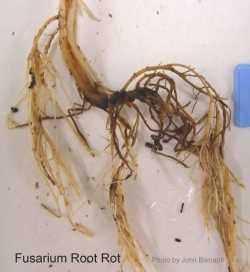
Countermeasures
Oddly enough, but more important here is prevention. Fungal root disease is difficult to cure. This is possible, but it never comes without damage. Plants are exhausted and the harvest suffers. It is necessary to determine why this happened; find out the reason, and take measures to prevent this from happening again. Often there is only one reason – a lack of oxygen in the nutrient solution. But it is also possible that the plants were weakened by poor nutrition or an unfavorable climate. It is important to realize that fungal diseases do not come from anywhere. Plants are endowed with effective defense mechanisms to counter any hostile environment. Mechanisms fail to cope with their task only when the plants are weakened.
Do not waste time figuring out the exact name of the fungus that has infected the roots. They usually come under the general name “Root rot”… The treatment is always the same – a global strategy very much like the description of the remedy for deficiency. Try to destroy the pathogen first. Classic fungicides used in agriculture are toxic and cannot be used during ripening, so they should be completely excluded. The only exception will be biological fungicides – preparations based on trichoderma and seaweed.
Trichodermine
Trichodermin is a biological fungicide, the mechanism of action of which is based on the suppression of the development of phytopathogens by the fungus Trichoderma viride… The addition of Trichodermine and its analogs to the nutrient solution is the best way to prevent and control root rot. More details in the article “Trichodermin” …
Silicate clay
A popular remedy for combating fungal diseases is silicate clay, which is a harmless natural substance. It will not solve all problems, but it will significantly reduce the number of pathogens by killing their spores. Without hesitation, you can use a large amount of silicate clay – it has no toxic dose. The nutrient solution must then be replaced with fresh, pH-adjusted water. If root access is available, you should try to remove as many dead roots as possible. If you lightly pull on the root felt, then any tuft remaining in your hand will be dead. Infected roots do not regenerate, so it is recommended to add a root growth stimulant to help the plant regrow new roots. During the whole process, foliar nutrition should be given to the plants in order to avoid deficiencies and to provide the elements and young roots. As roots appear, begin to increase the conductivity of the nutrient solution. Foliar feeding should be carried out with a moderate solution (conductivity 0,5-0,7 mS) until the young roots take over the nutrition of the plant. To speed up recovery, you can use all kinds of additives: humic acids or fulvic acids, which are the best remedy at the root level. In aerosol for foliar nutrition, you can add vermicompost extract, seaweed extract and anything that works for plant health.
Prevention
There are several ways to prevent or minimize the effects of fungal diseases. Sowing plants too close to each other should be avoided, as this reduces air movement, which leads to increased humidity, which causes damping. It is necessary to maintain good air flow, control humidity between 40-60% and maintain good hygiene practices. Fusarium is often a secondary infection; this means that it usually attacks the plant when it has already been damaged or weakened by imperfect growing conditions. So by having an optimal microclimate in your growing area and keeping your plants healthy, you can reduce the chances of a fungal infection.
Use silicate clay for prevention. Dissolve 1 kg of clay in 20 liters of water. Let stand for 3 days, stirring occasionally. Filter and pour directly into the solution tank 1 cup (about 200 g) per 10 liters of solution. Add each time you change the solution.
